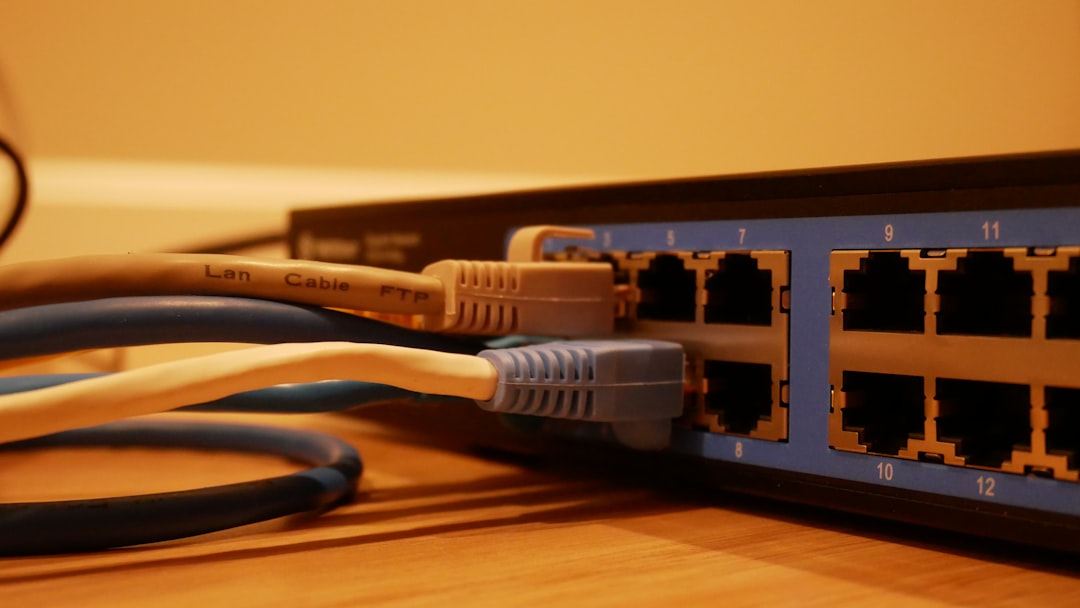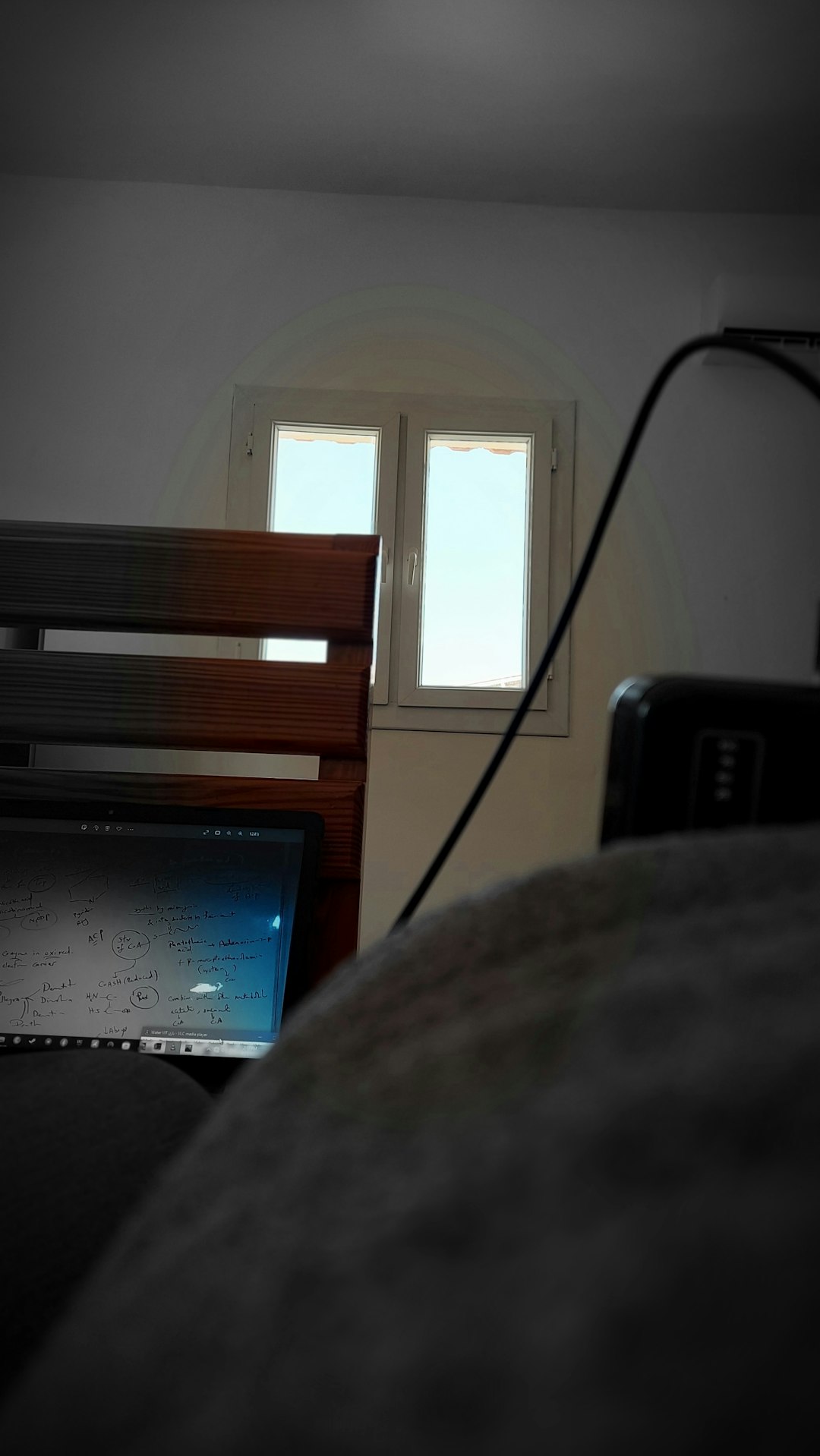In today’s digital age, our webcams have become essential tools for work, education, and communication. But nothing is more frustrating than trying to launch a video call—only to be greeted with the dreaded message: “Webcam is being used by another application.” This error can be particularly crippling if you need to join an urgent meeting or record important content. Thankfully, there are logical steps you can follow to identify the source of the problem and fix it.
Understanding the Issue
The message indicates that another application has accessed your webcam and is actively using it, making it unavailable to other programs. Interestingly, this doesn’t always mean an app is visibly open or running—it could be a background process.
Let’s explore a wide range of methods to fix this problem, from the simplest solutions to more advanced ones.
Simple Fixes to Start With
Before diving into advanced troubleshooting, it helps to cover some basic steps that might resolve the issue with minimal effort:
- Restart Your Computer: This can release any services or applications that are unknowingly using the webcam.
- Close Background Apps: Manually close apps like Skype, Zoom, Microsoft Teams, or Discord that may be using the webcam.
- Unplug and Reconnect the Webcam (if external): Sometimes a simple replug does the trick.
If the above doesn’t resolve it, it’s time to investigate deeper.
1. Identify What App Is Using the Webcam
Windows 10 doesn’t offer a straightforward way to see which software is using the camera, but there are still ways to figure it out.
- Check Task Manager:
- Right-click the taskbar and select Task Manager.
- Look under the Processes tab for applications known to use the webcam.
- Use Resource Monitor:
- Type resmon in the Windows search bar.
- Look under the CPU or Network tabs for any apps that might be active with the camera.

2. Disable and Re-enable the Webcam
This trick forces the device to reset and can clear up any driver glitches.
- Press Windows + X and choose Device Manager.
- Locate your webcam under Imaging devices or Cameras.
- Right-click and choose Disable device. Wait for a few seconds, then right-click and enable it.
Now try reopening your video application to see if the problem is resolved.
3. Check Webcam Permissions
Windows 10 features privacy controls that, if misconfigured, can block apps from accessing the webcam.
- Go to Settings → Privacy → Camera.
- Ensure that Allow apps to access your camera is set to On.
- Scroll down and verify that the specific app you want to use (e.g., Zoom) has permission.
This quick permissions fix can often resolve access issues caused by software updates or new configurations.
4. Update or Roll Back Webcam Drivers
Driver mismatches or corrupt drivers are common culprits in hardware conflicts such as this.
- In the Device Manager, locate your webcam.
- Right-click and select Update driver.
- Choose Search automatically for updated driver software.
If the issue started after a recent driver update:
- Right-click again, go to Properties.
- Under the Driver tab, choose Roll Back Driver if the option is available.
5. Use the Windows Camera Troubleshooter
Windows 10 includes a built-in troubleshooting tool for cameras that can detect and fix issues automatically.
- Go to Settings → Update & Security → Troubleshoot.
- Click Additional troubleshooters.
- Scroll down to Camera and click Run the troubleshooter.
Let it complete the scan and apply any recommended fixes.
6. Look for Conflicts in Security Software
Sometimes, your antivirus software falsely flags webcam access as unwanted, blocking it for certain apps.
- Temporarily disable your antivirus or webcam-related protections in antivirus settings.
- Check whether the app can now use the webcam.
- If so, re-enable protection and whitelist the specific app.
Always remember to turn your security software back on after testing.

7. Scan for Malware
In rare cases, malware might be secretly accessing your webcam, which not only creates conflicts but poses a significant privacy risk.
- Run a full system scan using Windows Defender or another trusted antivirus solution.
- Consider using malware-specific tools like Malwarebytes for a second opinion.
8. Check for Windows Updates
Sometimes, system bugs are addressed in the latest cumulative or feature updates released by Microsoft.
- Open Settings → Update & Security → Windows Update.
- Click Check for updates and install any available patches.
A restart after the update is often necessary to apply changes across drivers and system components.
9. Clean Boot Windows to Isolate Issues
Performing a clean boot can help pinpoint if third-party apps or services are causing the conflict.
- Press Windows + R, type msconfig, and press Enter.
- On the Services tab, check Hide all Microsoft services, then click Disable all.
- Go to the Startup tab and open Task Manager, disabling all startup items.
- Restart the PC and try using the webcam again.
If the webcam now works, re-enable services and apps one by one to identify the culprit.
10. Reinstall Webcam Software
Apps can become buggy or corrupted over time. Consider reinstalling the software associated with your webcam:
- For built-in Windows apps like the Camera app, go to Settings → Apps and perform a reset on the app.
- For others like Zoom or Skype, uninstall and then redownload the latest version from the official site.
Bonus Tips
- Use an Indicator Light: Most webcams come with a light that turns on when in use—observe it and note when it appears to narrow down responsible apps.
- Check BIOS Settings: On rare occasions, the webcam might be disabled at the hardware level. Access BIOS/UEFI during bootup to ensure it is enabled.
Conclusion
Dealing with a webcam that’s mysteriously “in use by another application” can be annoying, but it’s rarely unfixable. By methodically working through the solutions above—starting from rebooting and closing background apps, and progressing to system-level diagnostics—you can typically resolve the issue without needing professional help.
Staying proactive with driver updates, system maintenance, and security scanning will also help prevent future occurrences. A functional webcam is more than a convenience; in many cases, it’s a necessity. Make sure it’s always ready when you need it.
